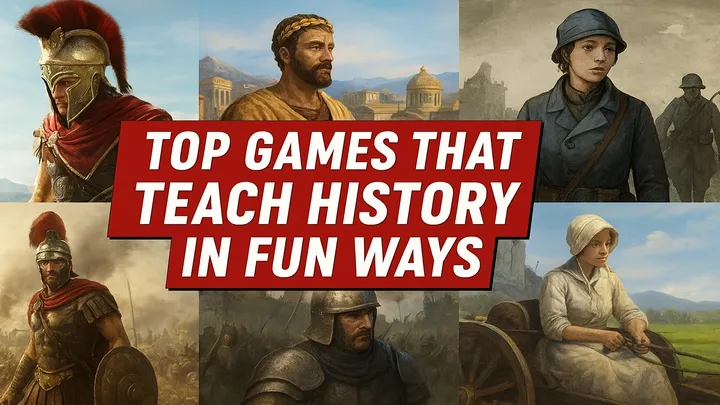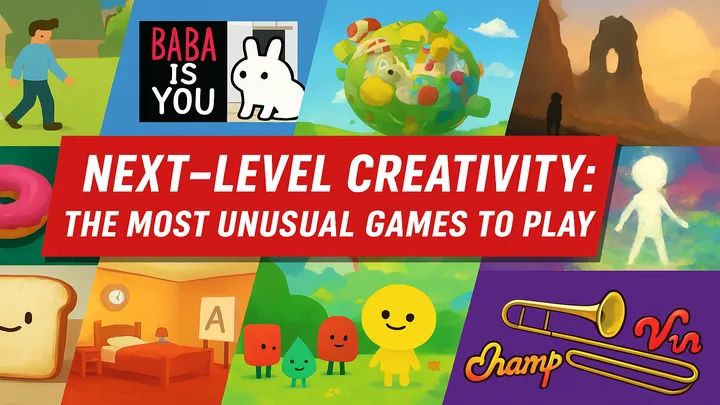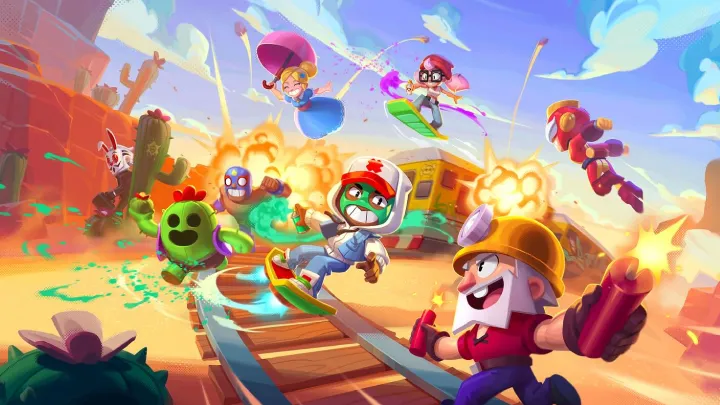Introduction
Monument Valley is not just a puzzle game. It is a meditative experience built on visual trickery, architectural impossibilities, and emotional silence. Players guide Princess Ida (and later other characters) through Escher-inspired structures, manipulating perspective to reshape impossible landscapes into solvable paths. While many puzzle games are about logic and speed, Monument Valley demands patience and acceptance of illusions.
The specific issue this article explores is the concept of perception as gameplay. Monument Valley is a rare title where the act of seeing differently is the primary mechanic. Solving its puzzles requires shifting perspective, trusting illusions, and embracing beauty. Over time, players move through phases—confusion, recognition, mastery, and reflection. The following sections will dive deeply into this process, tracing how players learn to see differently and how the game’s illusions teach broader lessons.
The First Glimpse – Entering a World of Silence
When players first load Monument Valley, they are struck by its silence. The minimalist design, soft colors, and calming tones feel different from traditional puzzle games.
At this stage, the player expects traditional logic puzzles—rotations, levers, and moving parts. Instead, they are introduced to shifting perception: what looks impossible can suddenly become possible with a tilt or a rotation. The dissonance between expectation and reality sets the stage for a new kind of challenge.
The First Puzzle – Trusting the Impossible
The first puzzle is deceptively simple: guide Princess Ida across a broken pathway that seems impassable. By rotating the structure, players realize that impossible geometry can create bridges.
H3: Lessons from the First Puzzle
- Perspective can transform impossibility into possibility.
- Visual deception is not failure—it is the path forward.
- The game rewards experimentation over precision.
At this moment, players confront the idea that rules of perception are bendable. The puzzle is less about logic and more about surrendering to illusion.
Early Exploration – Curiosity Meets Confusion
As the first few levels unfold, curiosity becomes the main driver. Players rotate towers, shift bridges, and watch impossible staircases align.
Yet confusion arises. Sometimes structures appear solvable but collapse under scrutiny. The realization dawns: not everything visible is real. This frustration is not failure but part of the design. Monument Valley forces players to let go of certainty and embrace exploration.
Midgame Challenges – Learning to See Differently
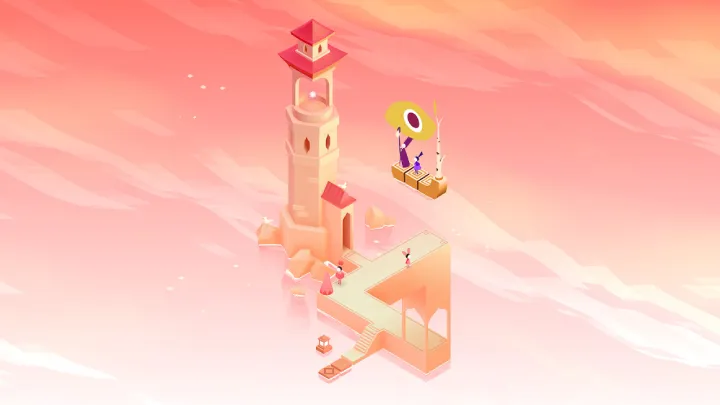
By the midgame, players encounter increasingly complex illusions. Rotating structures now require multiple steps, and paths are hidden in layers of geometry.
H4: Key Shifts in Player Thinking
- Stop asking “Is this logical?” and start asking “What if this worked?”
- Learn to see geometry as fluid, not fixed.
- Trust that perception can create solutions where none exist.
This shift is monumental. Players no longer try to fight illusions but instead embrace them, allowing perception to guide them to answers.
Emotional Layer – Silence as a Teacher
Unlike most puzzle games, Monument Valley uses silence as a design tool. With no dialogue, no timers, and no penalties, the player is left with their thoughts.
This silence emphasizes perception. Each click and rotation echoes in stillness, turning simple movements into profound moments. The lack of verbal instruction forces players to learn by looking and experimenting—mirroring the game’s central theme of seeing differently.
The Moment of Mastery – Flow and Fluidity
By the time players reach later levels, puzzles that once seemed impossible now feel natural. Rotations, shifts, and impossible paths are handled with calm precision.
This is the moment of flow. Players stop questioning the logic of illusions and begin trusting instinct. Every level becomes less about difficulty and more about artistry. Mastery here is not dominance but acceptance—of illusions, of perception, of patience.
Narrative Connection – Ida’s Silent Journey
While Monument Valley is built on puzzles, its story quietly reinforces its theme. Ida’s journey through sacred geometry and illusions is not explained in words but felt through progression.
H3: Story Elements That Support Perception
- Ida moves silently, suggesting introspection.
- Structures resemble temples, tying puzzles to ritual and meaning.
- The act of restoring monuments mirrors the act of restoring perspective.
Players realize that the game is not only about puzzles but also about empathy, redemption, and perspective—both literal and metaphorical.
Late Game – Reflection and Complexity
In later levels, puzzles become longer and more layered. Players are no longer surprised by illusions but instead expect them. The challenge is in patience and persistence.
This stage feels less about discovering perception and more about reflecting on it. Every rotation feels like a meditation on how far the player has come—from confusion to mastery, from resistance to acceptance.
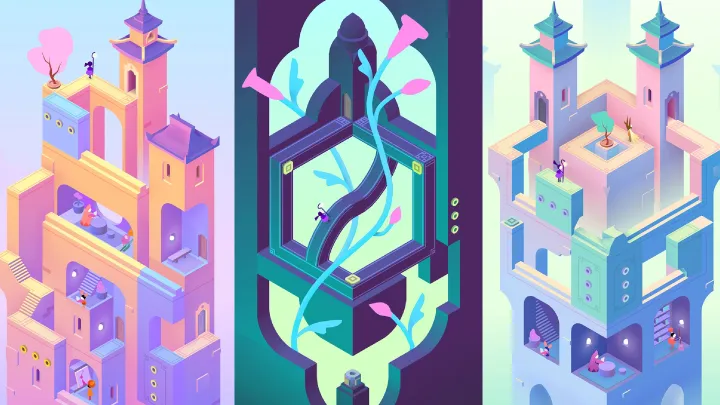
The Broader Lesson – Perception Beyond the Game
Monument Valley leaves a lasting impression because its core mechanic of perception extends beyond gaming.
H4: Lessons Players Carry Forward
- What appears impossible may simply require a new angle.
- Silence and patience can solve complex problems.
- Perspective is not fixed—changing how we look changes what we see.
The game subtly teaches that perception shapes not only puzzles but life. What is unsolvable today may become solvable tomorrow with a shift in perspective.
Conclusion – The Silent Power of Perception
Monument Valley is more than a puzzle game. It is an emotional journey built on illusions, silence, and patience. Its greatest achievement lies in teaching players that perception is a skill. From the first moment of confusion to the calm flow of mastery, the game mirrors life’s challenges—what seems impossible can be solved by looking differently.
By focusing on the specific issue of perception as gameplay, we see how Monument Valley transforms puzzles into philosophy. It is a reminder that the way we look at the world defines what we can achieve.














